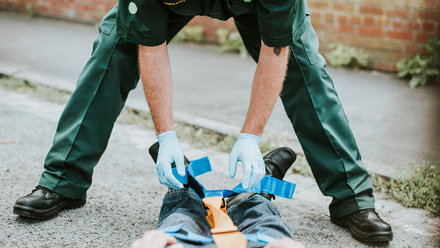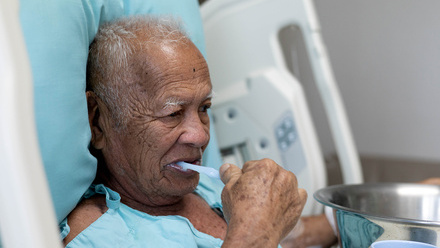Treating every body
Greater patient safety could be achieved if medical students were trained to examine a wider range of bodies, an article in medical journal the BMJ argues. Author Joy Hodkinson, a foundation doctor, revealed her experience of some trainees being unwilling to work with female volunteers on cardiac ultrasounds because “breasts make it harder to visualise the heart”.
She also highlighted “ignorance and embarrassment” around treating people with a physical disability and a lack of teaching about how to examine someone who is using a wheelchair. And she called for more patient voices to be incorporated into teaching to help student doctors become familiar with a wider range of patients.
The article says: “Redressing the omission of diverse body types from examination teaching will help us to reliably elicit the clinical signs that are crucial to diagnosis. But it will also strengthen doctor-patient relationships – an inclusive examination enhances trust and patients’ feelings of being cared for.
It adds: “Educators have made a start in the examination of skin conditions after the Black Lives Matter movement added momentum to concerns about the lack of representation of darker skin tones in dermatology teaching. Yet the patients who feature in vignettes are still typically able bodied, white, heterosexual, slim, middle aged, and cis-gendered so we have some way to go.”






